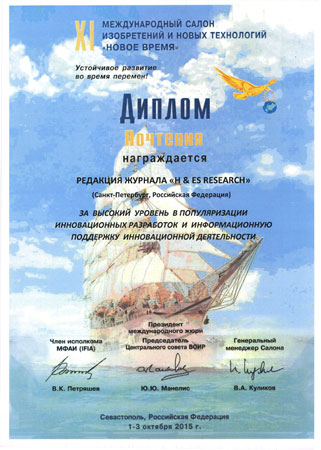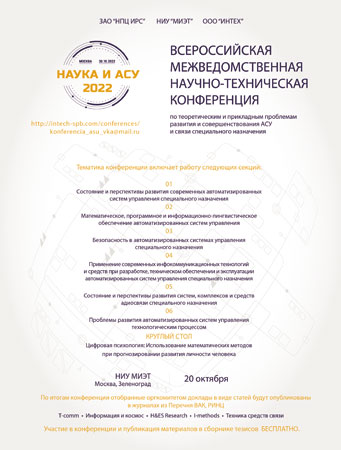The article is devoted to date, the problem of increasing effectiveness, efficiency of application systems of the spacecraft using the ballistically linked groups spacecraft - sets from several spacecrafts moving at a relatively close mutual distance from a few tens of meters to one hundred kilometers.The main difference of flights of spacecrafts as a part of ballistically linked group from flights as a part of system of spacecrafts is that in systems of the first type is controlled by taking into account the relative position of the satellites moving in very close orbits, that is realized by controlling the relative movement, and carried out individually in the second type of system control of each object. There are a number of problems for the implementation of such projects, including from the point of view of the dynamics of its member satellites.
The first problem - the definition and formation of spatial configurations of ballistically linked groups. The second problem - maintaining them over time. The solution to the first problem depends on which system effect of using the ballistically linked group is necessary to implement in the construction of the orbital grouping. To solve the second problem, it is advisable to study the mechanisms that contribute to the destruction of the ballistically linked group of spacecrafts.
In this article problematic issues of formation of structure ballistically linked groups of spacecrafts are considered, and methodological approach to formation of a configuration ballistically linked group of spacecrafts is also presented. The example of formation of structure ballistically linked group consisting of three spacecrafts is given. Dynamics of the relative movement of the spacecrafts which are a part ballistically linked group is investigated.
Dependences of linear ranges and corners between spacecrafts as a part of ballistic related group on an interval of 10 days, and also the schedule of orientation of the plane ballistically linked group of spacecrafts to the Earth's surface on an interval of one round are presented. The preliminary results of modeling of geometrical characteristics ballistically linked group of spacecrafts presented in article show that nature of change of linear range between spacecrafts and a corner between tops of the triangle formed ballistically linked group on a time interval periodic. At the same time there are century shifts and the presented dependences have difficult functional character.
During modeling and the analysis of results the conclusion is drawn that nature of change of relative angular position of spacecrafts depends on initial position of spacecrafts as a part of ballistically linked group.



















